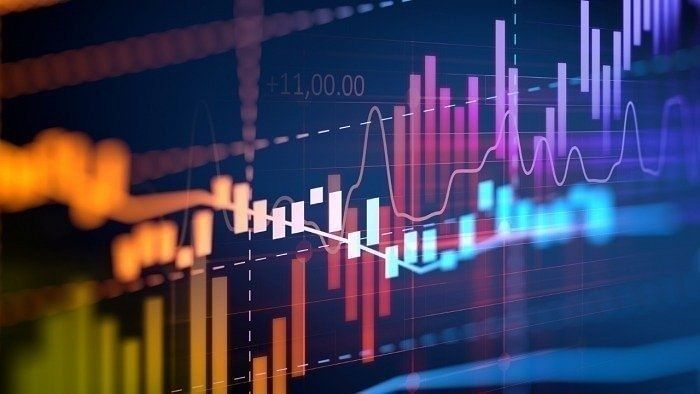
Indian government bonds are now part of the JP Morgan's Government Bond Index-Emerging Markets.
Credit: iStock Images
The Indian government bonds, on Friday, formally became a part of JP Morgan's Government Bond Index-Emerging Markets (GBI-EM), the most widely referenced index for emerging market bonds. This is a long-awaited development in the Indian financial markets. In this issue of DH Deciphers, Gyanendra Keshri decodes India’s inclusion in the JP Morgan bond index and its impact on the Indian economy.
What is the JP Morgan Emerging Market Bond Index?
The US-based investment bank JP Morgan Chase & Co is among the three global bond indices providers. The other two are: the World Government Bond Index run by FTSE and Global Aggregate Index run by Bloomberg. JP Morgan offers several indices for a variety of asset classes including developed and emerging markets and credit indices. JP Morgan Emerging Market Bond Index (EMBI) was launched in the early 1990s. It is the most widely referenced index for emerging market bonds.
What does India’s inclusion in the index mean?
India is the 25th market to join the JP Morgan Emerging Market Bond Index. The investment bank made the announcement in this regard in September 2023. However, the Indian government has been pitching for it for over a decade and began a discussion on this in 2013. This is the first inclusion of India’s sovereign bonds (g-secs) in a global index. Majority of the global investors follow the composition of an index to make investment decisions. The inclusion in the bond index has automatically placed India’s bonds in many global investors’ portfolios.
How will the inclusion in the global bond index impact the Indian economy?
The inclusion will boost demand for Indian g-secs, the proceeds of which are primarily used for infrastructure spending. With increased demands for bonds, India would be able to borrow at lower interest rates and transaction costs will go down. The higher foreign funds inflows will give strength to the Indian rupee, which will help in bringing down the current account deficit. To fund infrastructure and other development projects, the government can raise money from the global markets at competitive and stable interest rates. While earlier the foreign investments in g-secs were largely for trading or arbitrage purposes, now they are expected to make long-term investments. This could potentially shift India's balance of payments into a structural surplus. Lower capital cost will boost economic growth.
Which Indian bonds will be included in the index?
Only g-secs issued under the Reserve Bank of India's 'Fully Accessible Route' are eligible for inclusion in the indices. These bonds must have a minimum outstanding amount above $1 billion and at least 2.5 years of residual maturity.
What kind of foreign funds inflow is estimated?
India made a debut on the bond index on June 28 with a 1% weight, which will gradually rise to 10% over a 10-month period. The inclusion has paved the way for substantial inflows of foreign capital into the Indian economy. In September 2023, when the announcement was made, Barclays had estimated that the inclusion would result in inflows of $20-25 billion in the Indian economy over the course of around 18 months. Goldman Sachs has pegged the estimated funds inflow figure at $40 billion. India’s index-eligible bonds have already attracted around $10 billion since the announcement of inclusion was made.